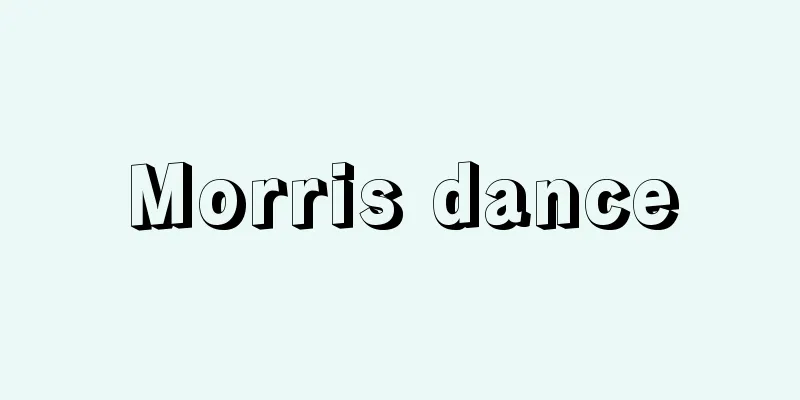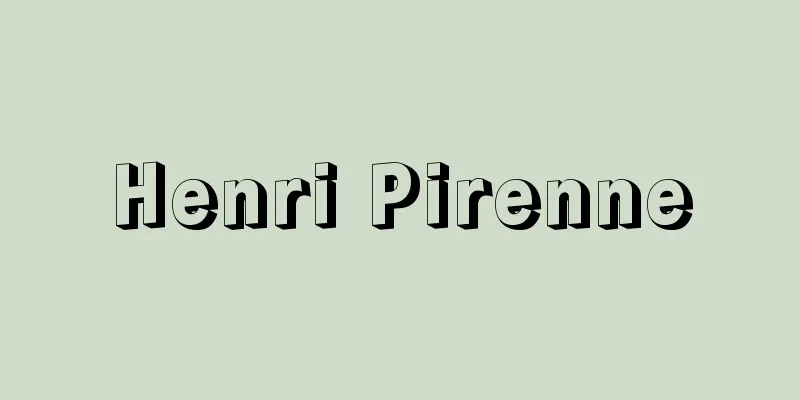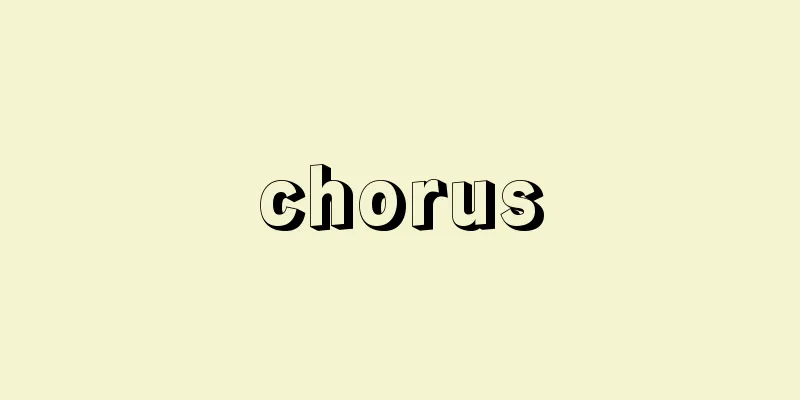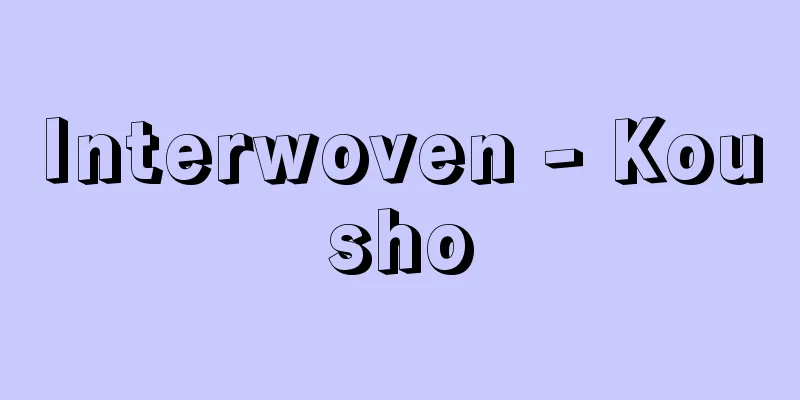Mathematical symbols
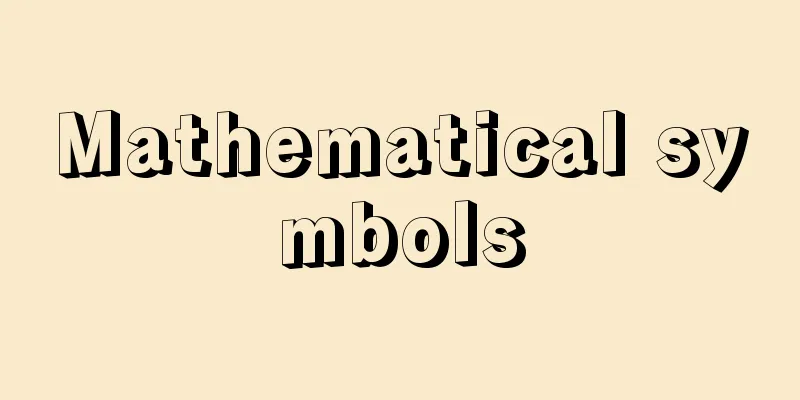
|
Symbols used to express mathematical expressions. In ancient times, arithmetic did not write expressions, but instead used words to show the steps of calculation. In this case, calculation symbols were hardly necessary. Mathematical symbols became necessary when expressions were written using letters and then transformed. In this regard, the Greek Diophantus, known as the father of algebra, holds an important position in the history of mathematical symbols. He did not use addition signs, but simply wrote what was to be added in a row, and wrote a symbol like for subtraction. When multiplying a number and a letter, he wrote the number after the letter. Since he only used one letter, letters were never multiplied by letters. Therefore, there were no multiplication or division symbols. It was between the 15th and 17th centuries that the symbols for addition, subtraction, multiplication, and division as we know them today were available. It is said that they were roughly as follows. 1489, J. Widman, uses + and - as symbols for excess and deficiency. In 1514, GV Hoecke used + and - as the symbols for addition and subtraction. In 1631, Oughtred used × as the symbol for multiplication. In 1659, JH Rahn used ÷ as the symbol for division. In 1557, Record used = as the equal sign. Of course, these mathematical symbols were not invented by an individual; many people used various symbols, and one of them became fixed and has remained to this day. As you can see, elementary mathematics has a long history, and the history of its symbols is also complicated. In contrast, in higher-level mathematics, the originators of symbols are clear, and their history is relatively simple, since the scholars who started mathematics or developed it established the symbols according to their respective needs. For example, it was Leibniz who came up with the symbols d and ∫ used in modern calculus, and it was Lagrange who expressed the derivative of a function f ( x ) as df ( x )/ dx with f '( x ). [Shinichi Oya] ©Shogakukan "> Mathematical symbols (logic) ©Shogakukan "> Mathematical symbols (sets) ©Shogakukan "> Mathematical symbols (numbers) ©Shogakukan "> Mathematical symbols (geometry, algebra) ©Shogakukan "> Mathematical symbols (differential and integral calculus, analysis) ©Shogakukan "> Mathematical symbols (probability) Source: Shogakukan Encyclopedia Nipponica About Encyclopedia Nipponica Information | Legend |
|
数学の式を書き表すのに用いる記号。算数にあっては、古くは式は書かれず、ことばで計算の手順を示した。この場合、計算記号はほとんど必要なかった。数学記号が必要となったのは、文字を使って式を書き表し、その式を変形する場合である。この点において、数学記号の歴史では、代数学の父といわれるギリシアのディオファントスが重要な地位を占める。彼は加号は用いず、加えるべきものは単に並べて書いて表し、減号にはのような記号を書いた。数字と文字とを掛けるときには文字のあとに数字を書いた。彼が用いた文字は一つだけだったから、文字と文字とを掛けることはなかった。したがって、乗法の記号も除法の記号も存在しなかった。今日のように加・減・乗・除の記号がそろったのは15世紀から17世紀にかけてである。そのだいたいは次のようであるといわれている。1489年、ウィドマンJ. Widman、過不足の記号として+、-を用いる。1514年、フッケG. V. Hoecke、加える・引くの記号として+、-を用いる。1631年、オートレッド、掛ける記号として×を用いる。1659年、ラーンJ. H. Rahn、割る記号として÷を用いる。1557年、レコード、等号として=を用いる。もちろん、これらの数学記号は個人の発明ではなく、多くの人がいろいろの記号を用い、それらのうち一つが固定して今日に至ったのである。 このように、初等数学の歴史は長いから、その記号の歴史も複雑である。これに対して、高い程度の数学においては、その記号は、その数学を始めた学者、あるいはそれを発展させた学者が、それぞれの必要に応じて記号を定めたから、その創始者もはっきりしており、その歴史も比較的簡単である。たとえば、現在の微積分の記号d、∫を考え出したのはライプニッツであり、関数f(x)の導関数df(x)/dxをf′(x)で表したのはラグランジュである。 [大矢真一] ©Shogakukan"> 数学記号(論理) ©Shogakukan"> 数学記号(集合) ©Shogakukan"> 数学記号(数) ©Shogakukan"> 数学記号(幾何、代数) ©Shogakukan"> 数学記号(微分積分、解析) ©Shogakukan"> 数学記号(確率) 出典 小学館 日本大百科全書(ニッポニカ)日本大百科全書(ニッポニカ)について 情報 | 凡例 |
<<: Foundations of Mathematics
Recommend
Adenovirus - Adenovirus (English spelling)
A general term for viruses belonging to the Adeno...
Female dancer - Onnaodoriko
...As a result, many private prostitutes appeared...
"Pumpkin Genta" - Pumpkin Genta
...One of the seven transformations in the "...
"Kisshoten Shrine Door Illustration"
...The reason why the Amida Triad and Child Statu...
Modified polystyrene - modified polystyrene
...It is also reinforced with glass fibers. [Modi...
Okoume
…Frankincense and myrrh, which appear in the Bibl...
Chinoecetes japonicus (English spelling)
… [Takeda Masatomo]. … *Some of the terminology t...
Japanese architecture
Japanese architecture has traditionally been a br...
Balhash - English spelling Балхаш/Balhash
A city in Karaganda Oblast, Republic of Kazakhsta...
Engineering Committee on Oceanic Resources
… [History of ocean development] [United Nations ...
Bisher
French anatomist and physiologist. He studied medi...
One-person company
Generally, a company whose equity (shares in a jo...
Metal cutting saw - Metal cutting saw
A saw used primarily to cut metal materials. There...
Hare and tortoise race
…An animal folk tale with a race in the animal wo...
Retinoblastoma
…Currently, it is no longer used as a disease nam...
